In the pile of documents that have surfaced in the FTC vs. Microsoft case, the corpse of Google Stadia has also shown up…
9to5Google reported on what was written by a Google employee, Dov Zimring, and the document wasn’t heavily redacted (we can’t link to it because the link throws a 404 error, so it must have been deleted…), so there’s not much hidden from the public. The statement is a pretty nice way of explaining how Google got to the point of killing off the streaming service, which has since died.
“For Stadia to succeed, both consumers and publishers needed to find sufficient value in the Stadia platform. Stadia conducted user experience research on why gamers choose one platform over another. That research showed that the primary reasons why gamers choose a game platform are (1) content catalog (breadth and depth) and (2) network effects (where their friends play). Publishers, for their part, have to devise where to spend their limited development and marketing energy and which platforms to favor to reach the broadest audience.
However, Stadia never had access to the extensive library of games available on Xbox, PlayStation, and Steam. More importantly, these competing services offered a more comprehensive selection of AAA games than Stadia. Lack of AAA content meant that Stadia could no longer compete for […] critical mass that would incentivize the largest video game developers to invest the necessary resources to develop games that run on Stadia. For example, developers require that a platform have a critical mass of users such that the forecasted revenue from the game and in-game purchases could realistically exceed the total cost of bringing that game to the platform,” Zimring wrote.
So even though Google paid in vain to bring games to the Linux-based platform, developers chose Nvidia’s GeForce Now instead. The UK’s competition and markets watchdog, the CMA, reported that Stadia accounted for 5-10% of the cloud game streaming market in 2021, falling to 0-5% by 2022. The period after the closure announcement was not considered, so the fall must have begun by 2021.
So, when will Amazon Luna fail?
Source: PCGamer

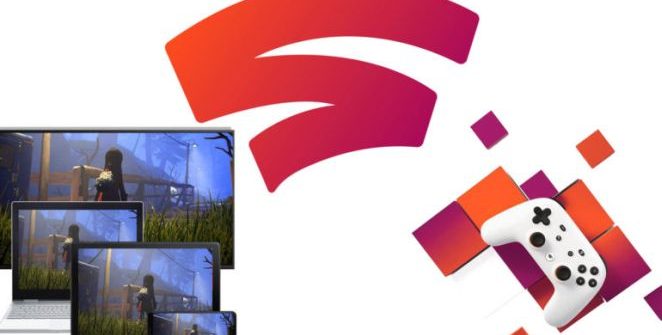





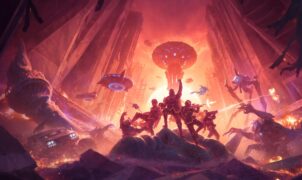


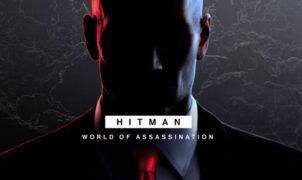
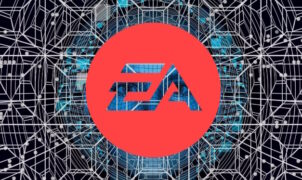

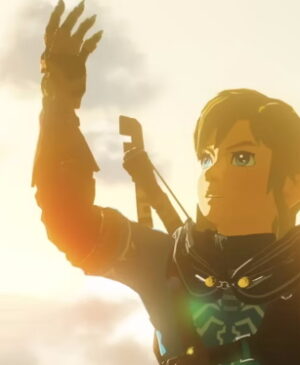


Leave a Reply